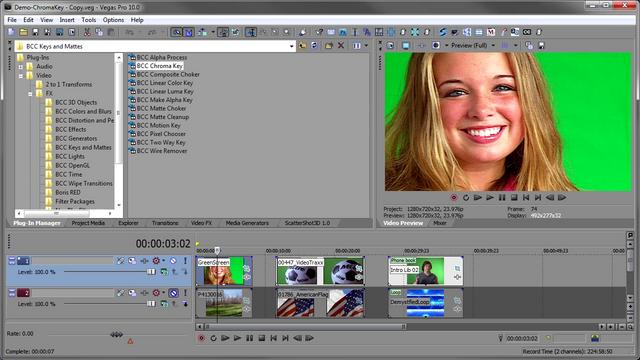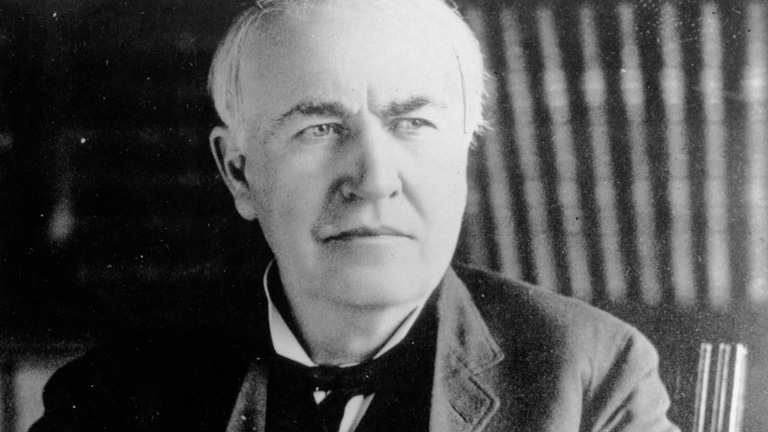Analogue Editing

Analogue editing is the process of cutting up celluloid film and putting them together again, this is also knows as splicing. Films are made up of images that printed onto the film to create a acetate negative, the process of splicing then comes involved so that the film can have different camera angles. In order for a film to be successful, 24 frames a second needs to pass through the projector in order for it to be successful. Analogue is referred to old fashioned.
Video Editing
 Before digital technology came along, video editing came along. This was when magnetic tapes were used to store information, these were also known as video tapes. The process of video editing consisted of editing the segments using a device that mechanically puts them together. In other words it would cut up the film and then mechanically glue them together rather than cutting and glueing it manually. This had to be edited in a specific order so that the film would go in order, this is known as linear editing. The process of editing in order. This would be successful by a person sitting in-front of many monitors to direct which camera to go to next whilst everything is being recorded.
Before digital technology came along, video editing came along. This was when magnetic tapes were used to store information, these were also known as video tapes. The process of video editing consisted of editing the segments using a device that mechanically puts them together. In other words it would cut up the film and then mechanically glue them together rather than cutting and glueing it manually. This had to be edited in a specific order so that the film would go in order, this is known as linear editing. The process of editing in order. This would be successful by a person sitting in-front of many monitors to direct which camera to go to next whilst everything is being recorded.
Digital Editing
Digital is the form of electronic media where data can be stored digitally, it also uses computers in order to order and manipulate this digital data. Modern day editors like to use the expensive editing softwares such as Sony Vegas and Adobe Premiere Pro. Digital film making uses bits and bytes which is basically strings of 1s and 0s to record, transmit and reply for images. When digital editing took over video editing, it took over extremely quick because of how cheap it was and how efficient it was for people. When editing with a type of software like this, you can edit in nay order you wish to, this is known as non-linear editing.
Finally you have the pros and cons of traditional methods of analogue editing and the pros and cons of digital editing.
To begin with, the pros of analogue editing is that when you are working with a film and you are splicing the film you are taking care n what you are doing which means that the final result will be a better outcome. Whereas on the other hand you have the cons, these cons can consist of it being manual work and tiring. Also if you make a mistake whilst splicing the movie if you are unable to go back and make a change to the mistake.
Secondly you have the pros for digital editing which can consist of it being cheaper and you are able to add a lot of manipulations such as effects or background music, on the other hand you have the cons of digital editing. These cons can include it being to hard for some users, because there are so much features within a editing software there is a lot to learn. You can also have problems such as technical difficulties, so in other words the programme can fail or your computer can have internal problems.
Finally you have the pros and cons of traditional methods of analogue editing and the pros and cons of digital editing.
To begin with, the pros of analogue editing is that when you are working with a film and you are splicing the film you are taking care n what you are doing which means that the final result will be a better outcome. Whereas on the other hand you have the cons, these cons can consist of it being manual work and tiring. Also if you make a mistake whilst splicing the movie if you are unable to go back and make a change to the mistake.
Secondly you have the pros for digital editing which can consist of it being cheaper and you are able to add a lot of manipulations such as effects or background music, on the other hand you have the cons of digital editing. These cons can include it being to hard for some users, because there are so much features within a editing software there is a lot to learn. You can also have problems such as technical difficulties, so in other words the programme can fail or your computer can have internal problems.


